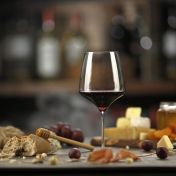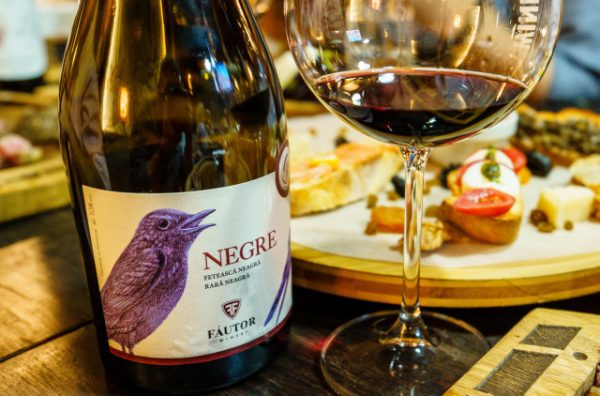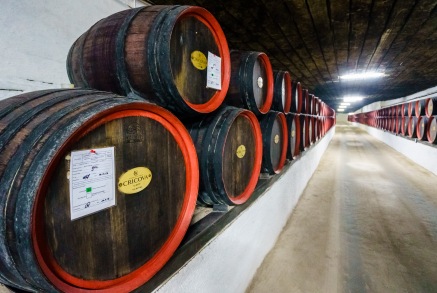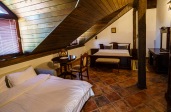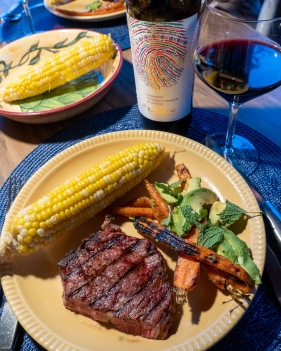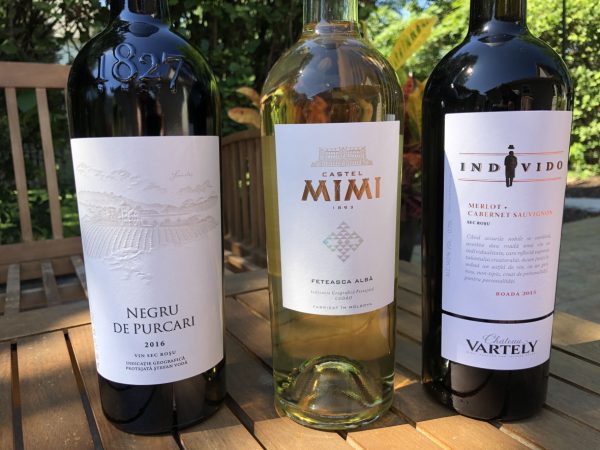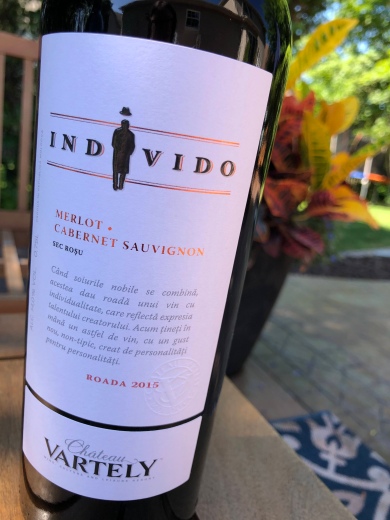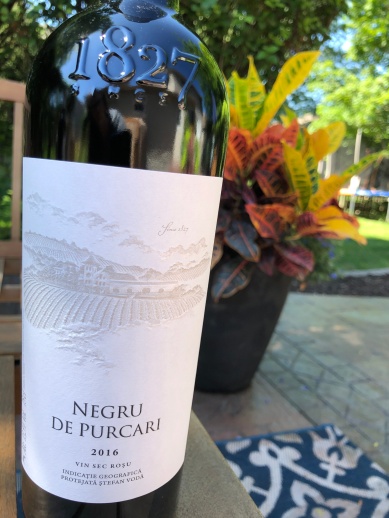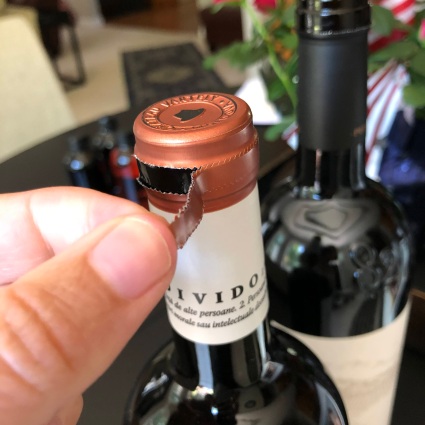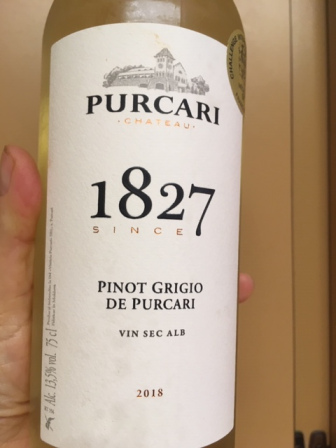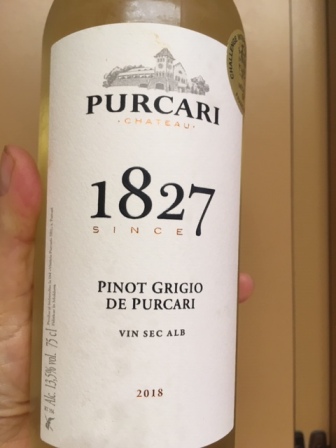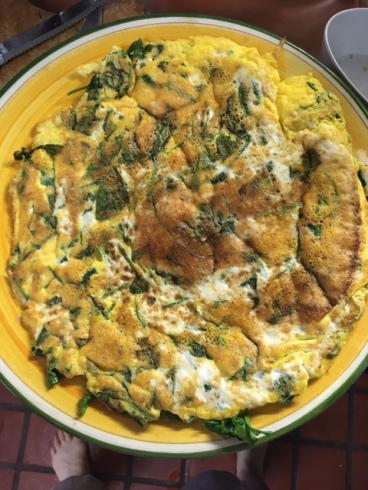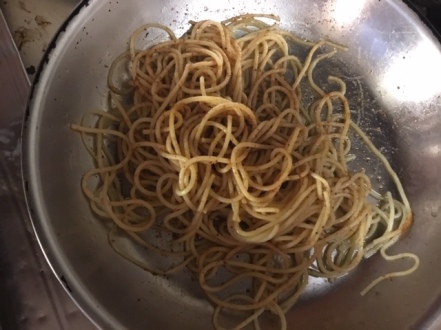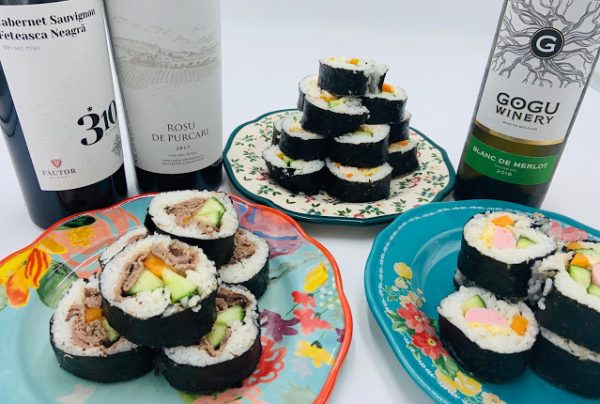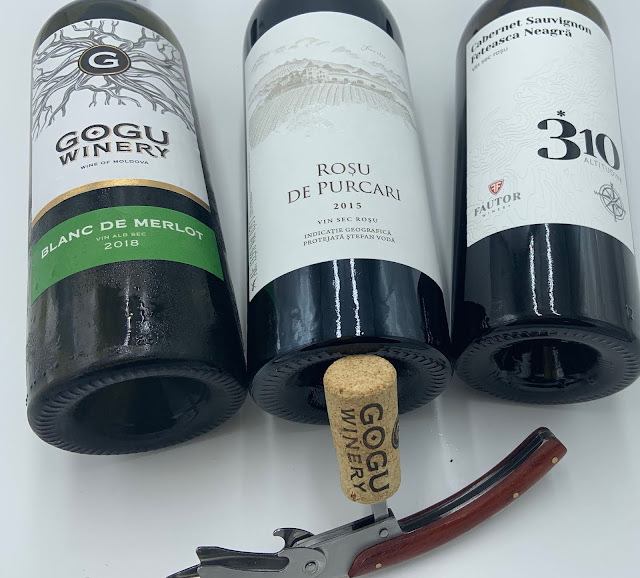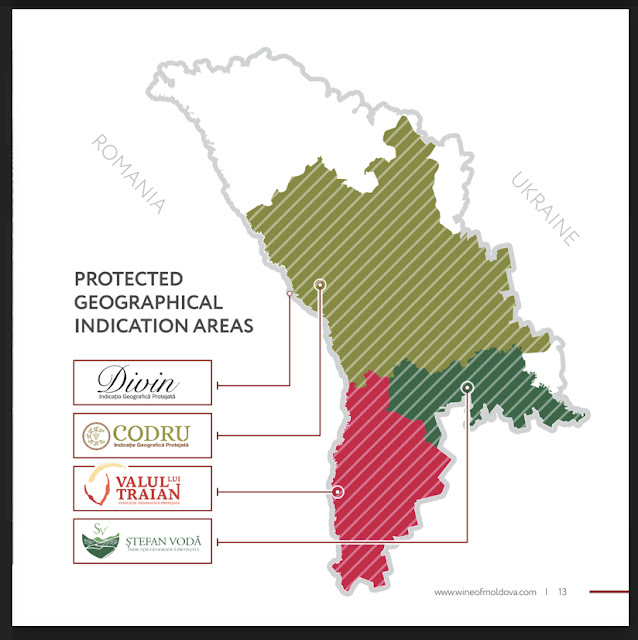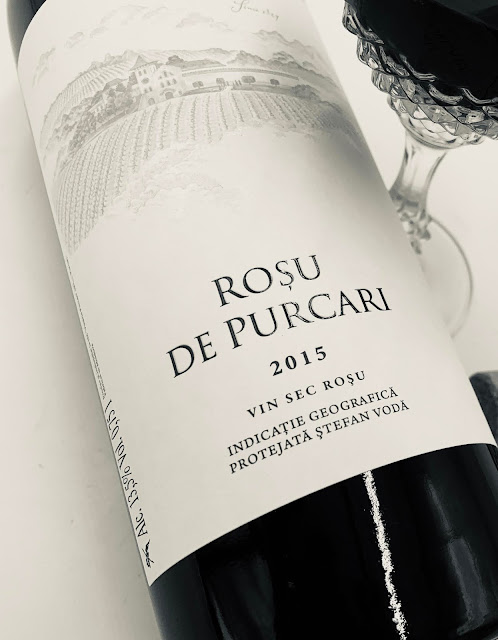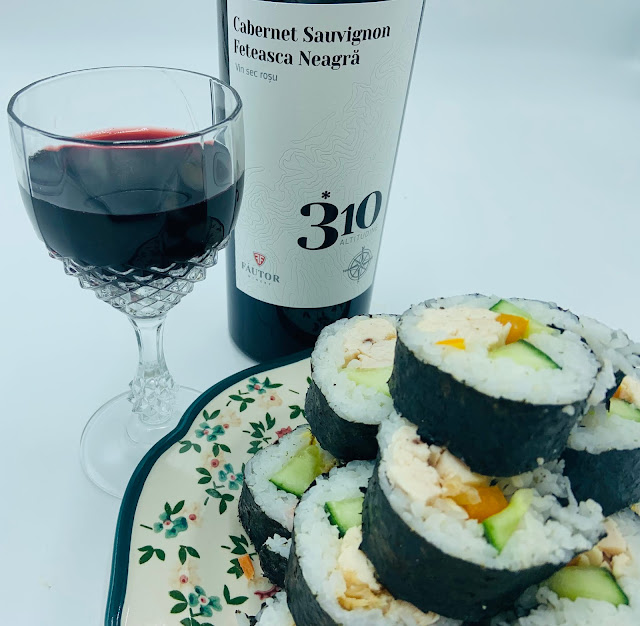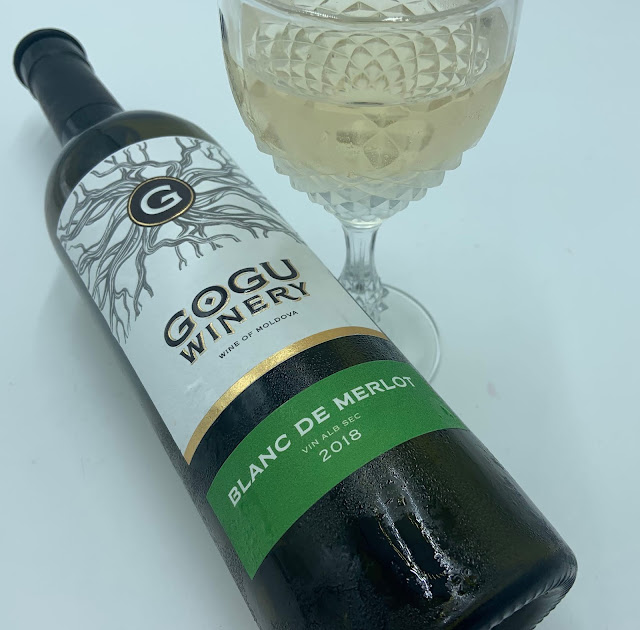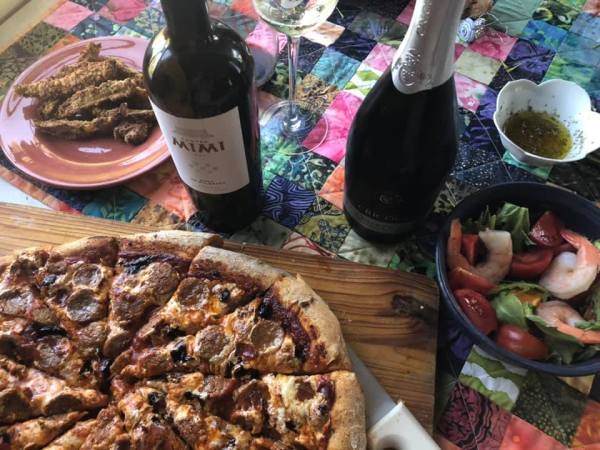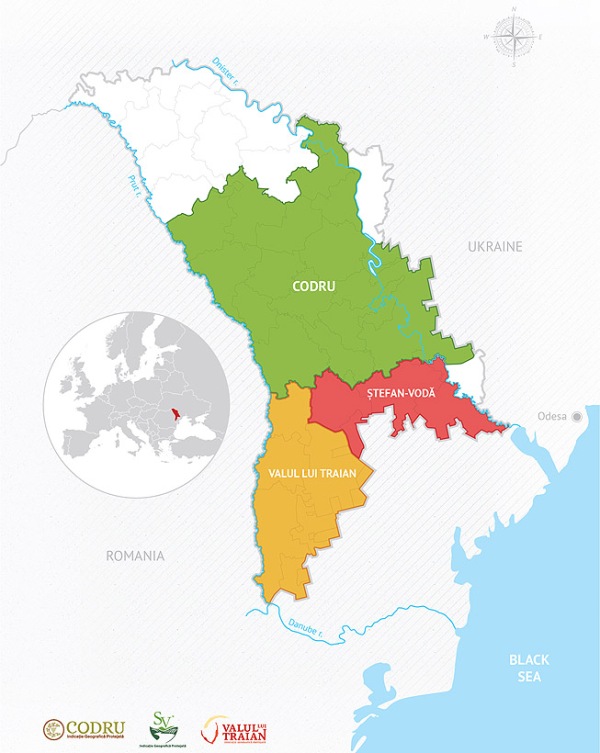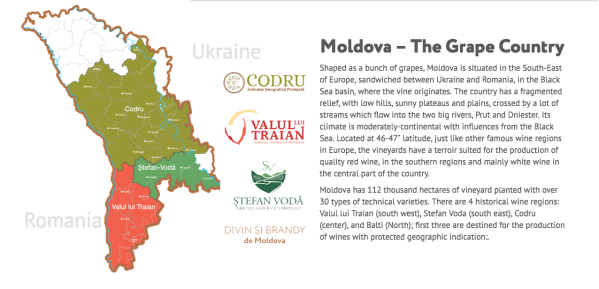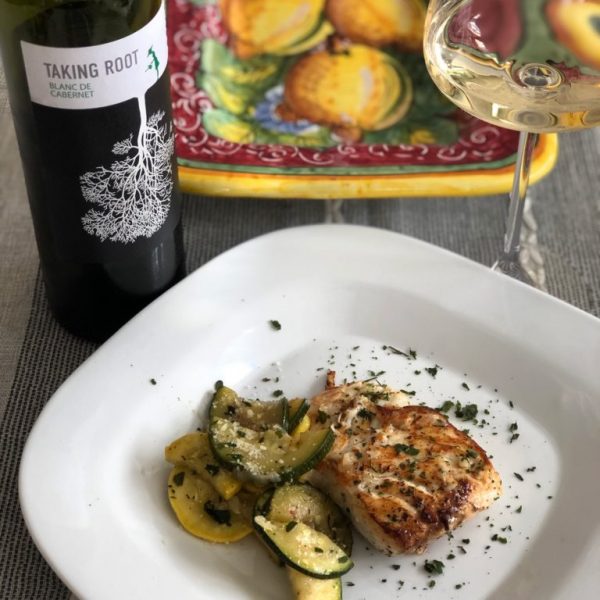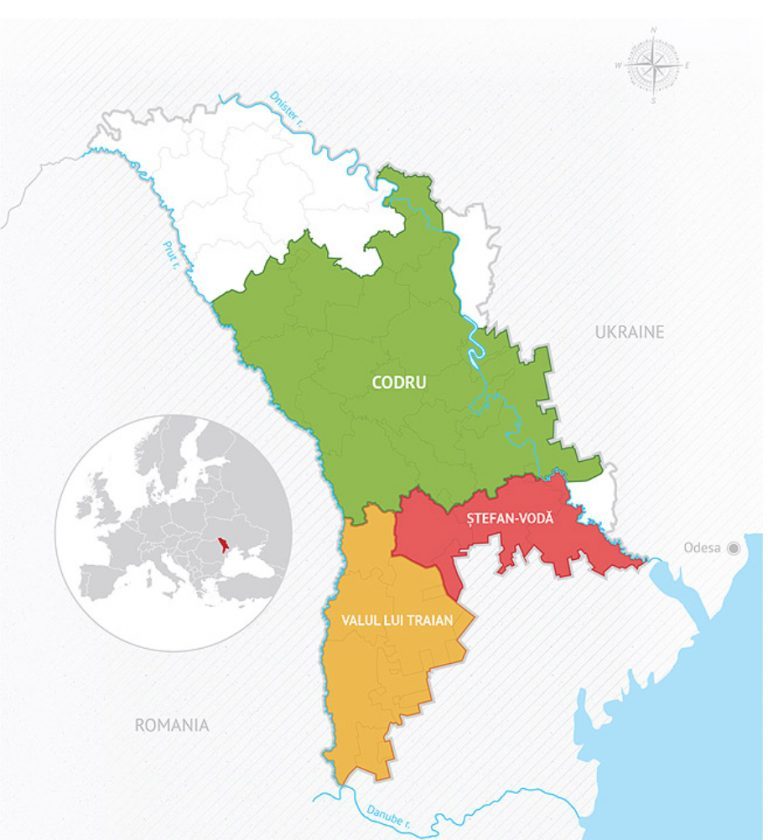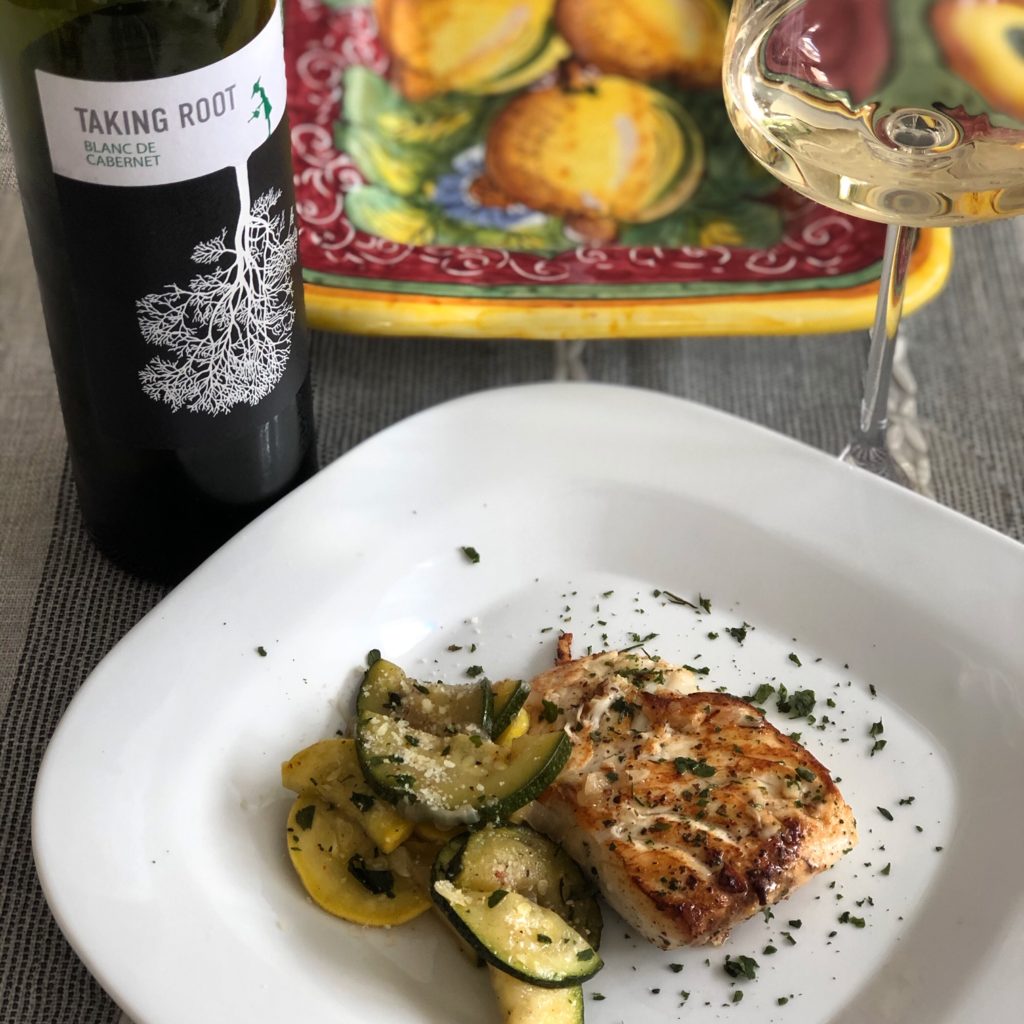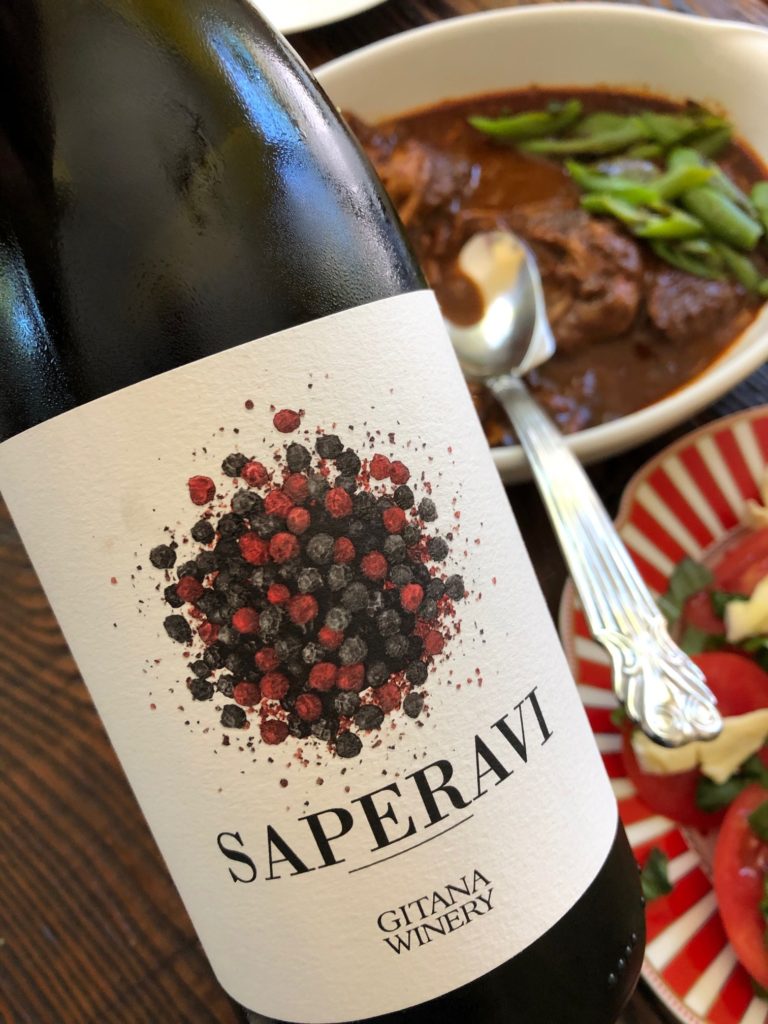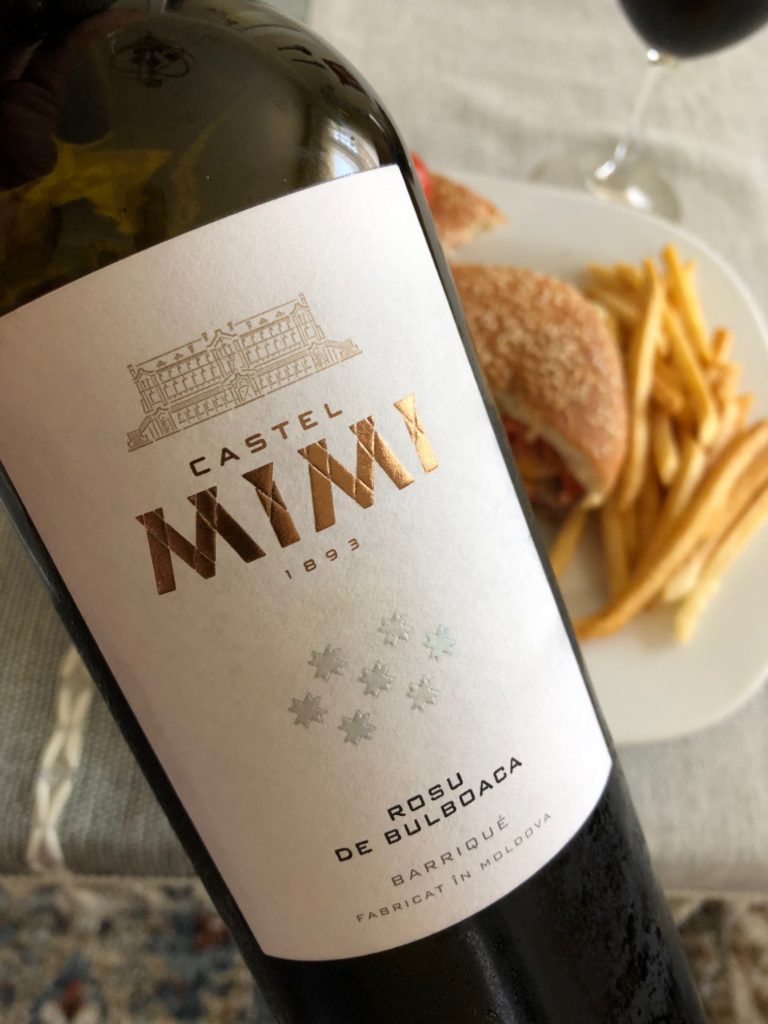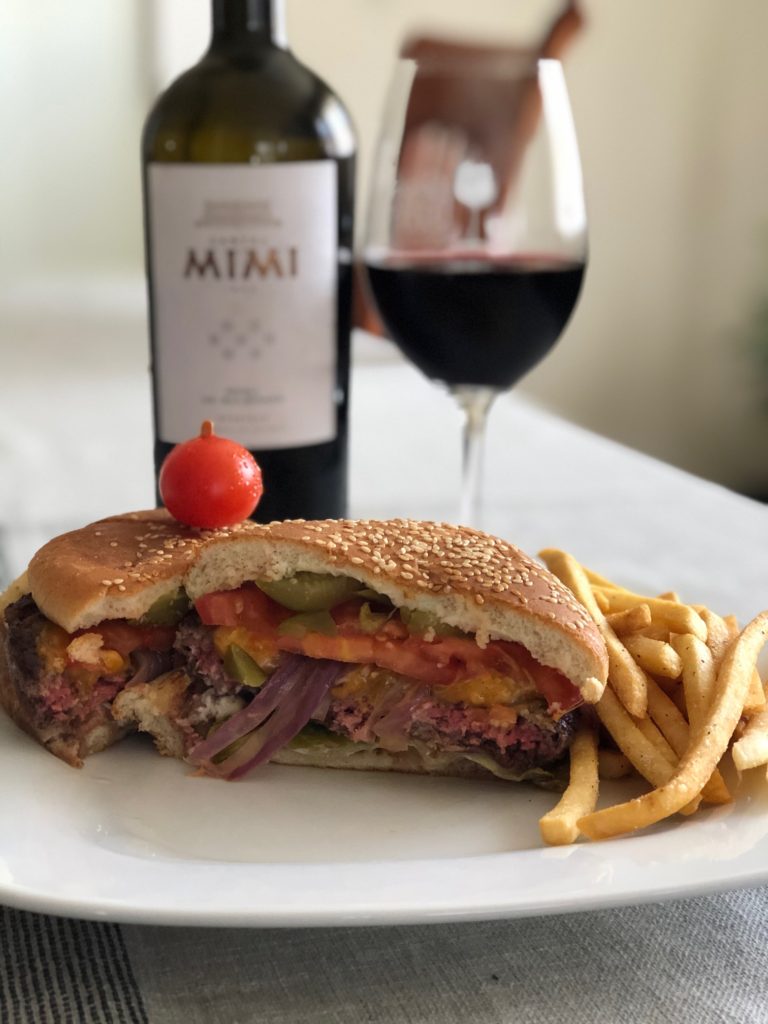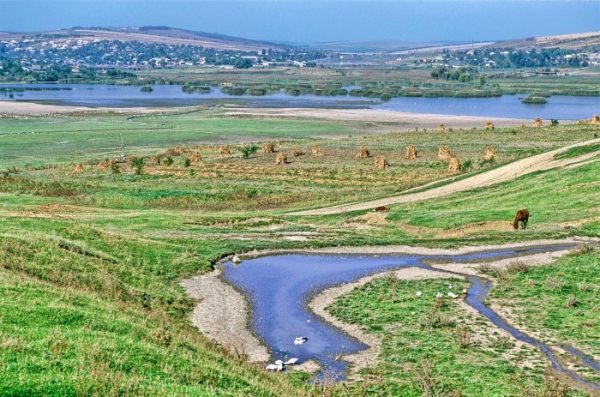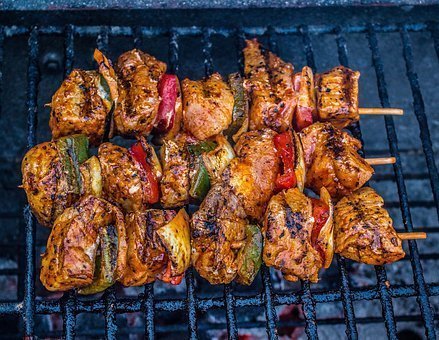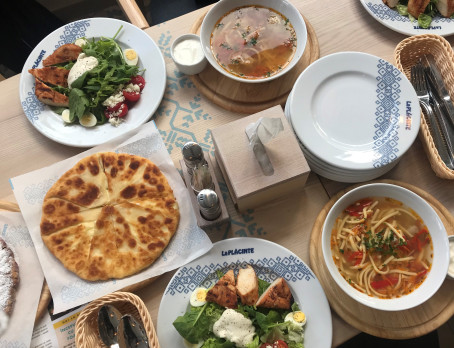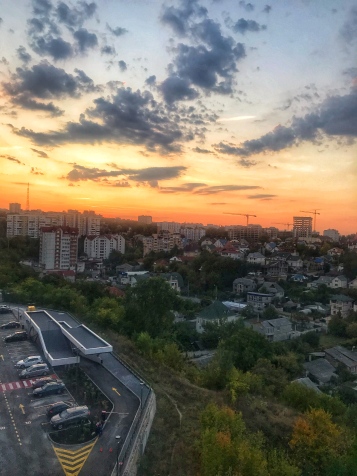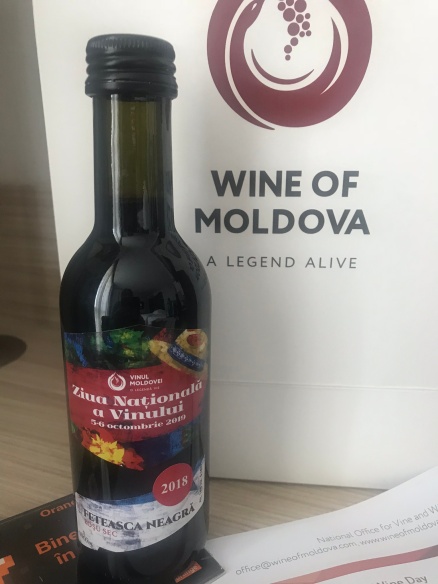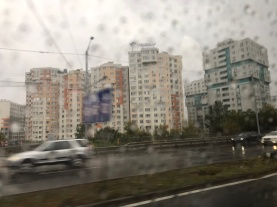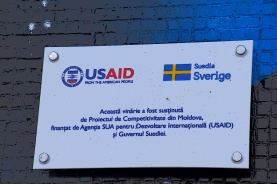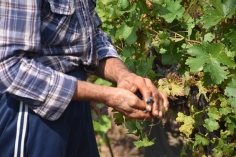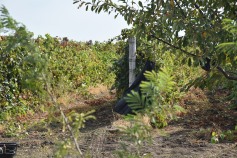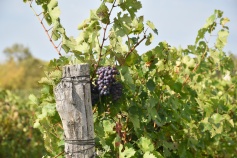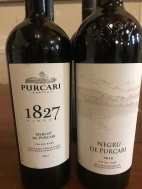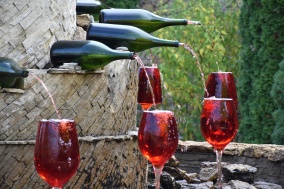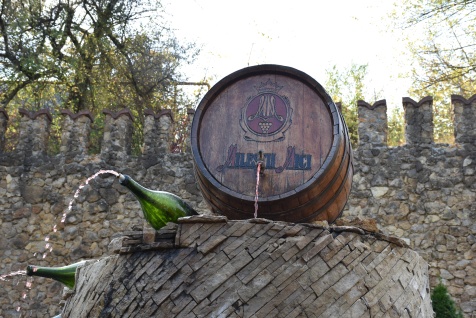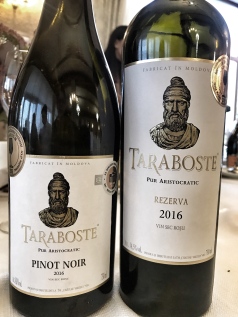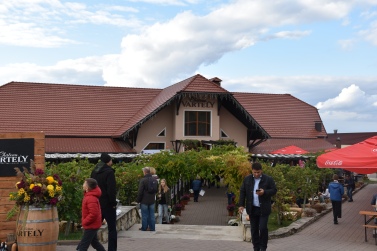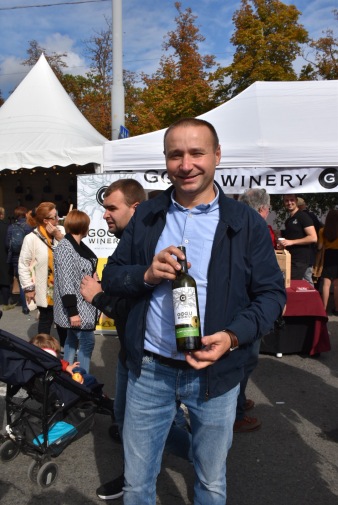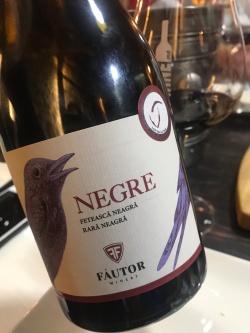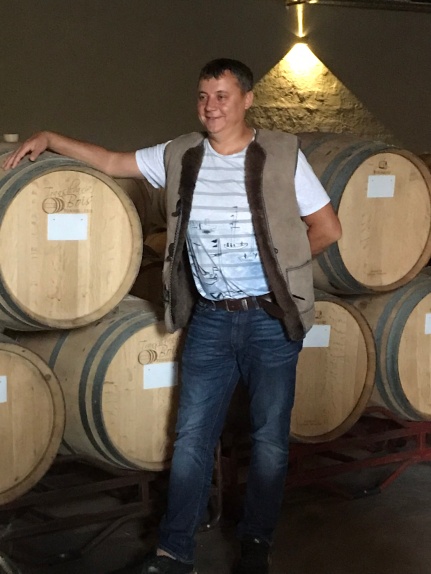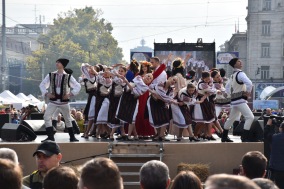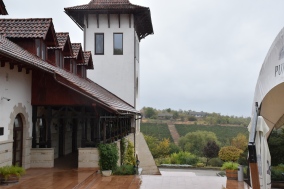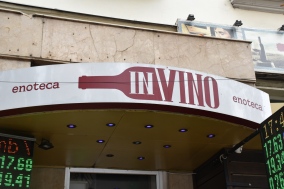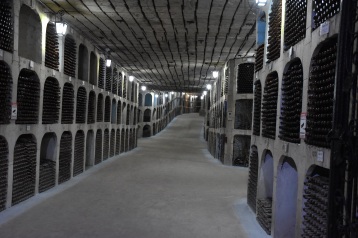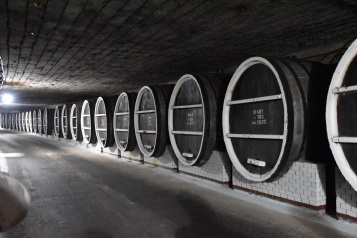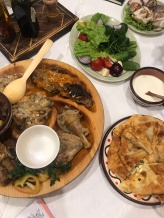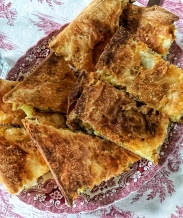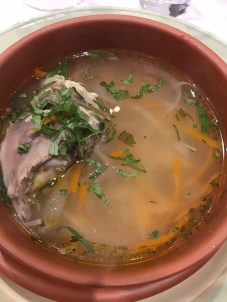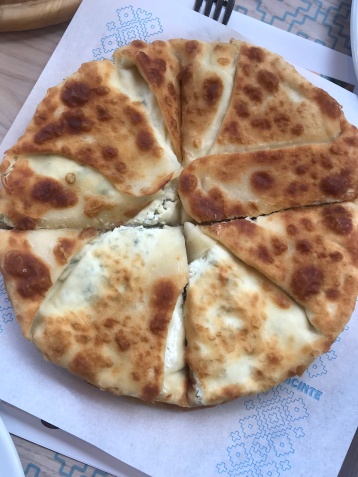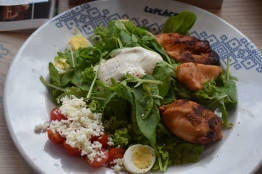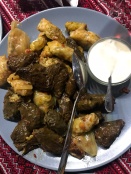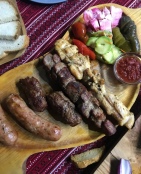Wine, Tourism, and National Wine Day are Happening in Moldova, An Invitation #WorldWineTravel
Daria 2020-09-25T13:03:06-05:00Many smaller countries that make wine fly under the radar. Moldova is one such country with a wealth of not only international grapes but also those indigenous to the Republic. One thing to note- the wine is very good, and getting better and better. In fact, to showcase their wines Moldova is celebrating their National Wine Day the first weekend of October!
Before I share celebration details, let me help those who may not know where to find Moldova.
Head to the far eastern edge of Europe and look between Romania (to the west) and Ukraine (to the east) to find the land-locked country of Moldova.
Winemaking dates to around 3,000 years BC and includes ups and downs, and a lot of low-quality, mass-produced wine to satiate the workers of its heavy-handed Russian neighbor. In fact Moldova was buried for a while behind the iron curtain until 1991 when it fell. Since then wineries and vineyards returned to private ownership and viticulture is evolving.
According to Master of Wine Caroline Gilby, “The Moldova wine industry today is working hard to reinvent itself as a modern European wine country.”
Moldova Wine Day
This year you can enter Moldova virtually or in person to enjoy their National Wine Day October 3rd and 4th. The festival celebrates Moldovan wines and the longstanding traditions of winemaking, along with foods and cultural activities.
Traditional Moldova Dance revolves around the grapes and harvest during the two-day festival. Photo credit: Wines of Moldova
While you might not make it to Moldova in person, you can certainly try some of the wines. The US online retailer is VINOvations. And they are available around the world.
Another option is joining the live Master Class with wine judge and writer Dr. Jamie Goode and panelists on October 3rd at:
- 12 noon ET in the US
- 5 pm in the UK
- 6 pm in France
- 7 pm in Moldova
Note exact online location to be added here!
Moldova National Wine Day Corresponds With the Debut of #WorldWineTravel
Readers of Savor the Harvest know I participate with other wine writers and bloggers in a few wine, food and travel groups. A fourth group, World Wine Travel ( #WorldWineTravel ), officially kicks-off the last Saturday monthly beginning in October. But we couldn’t resist a special event on Sunday, October 4th; we are beyond excited to collaborate with Wines of Moldova and their National Wine Day. Here we go!
High-Level Breakdown of Moldova Wine
This small country has 112,000 hectares planted to vines. They adopted the European Union (EU) classification model in 2013 and to date, have three Protected Geographical Indication (PGI) zones with Protected Designation of Origin (PDO) wines not far behind. The PGI zones or wine regions are Codru (central Moldova), Stefan Voda (southeast Moldova) and Valul Lui Traian (southwest Moldova). And Divin is a special geographical denomination for grape distillates.
As far as grapes, international varieties hold the most ground: Cabernet Sauvignon, Merlot, Pinot Noir, Chardonnay, and Sauvignon Blanc, to name a few. But the indigenous varieties grabbed my attention, none I previously heard of: Feteasca (there are three: Neagra, Regala and Alba), Viorica, Plavai and more. And other Eastern European grapes thrive in Moldova like Rkatsiteli and Saperavi. They produce white, rosé and red wines as well as sparkling, sweet and ice wine styles.
Clusters of Feteasca Neagra, a thick-skinned red grape indigenous to Moldova and Romania. Resistant to both drought conditions and cold temperatures, the grape has characteristic blackberry aromas.
Climatically, Moldova enjoys moderately-continental temperatures with influences from the Black Sea. Sunny plains, verdant hills and meandering rivers share the same latitude as the Loire Valley in France: the 47th parallel.
Exciting Moldovan Wine Facts
The worlds largest wine collection holds a Guinness record at the Milestii Mici winery ten kilometers from the capital Chișinău. You get your exercise walking- 34 miles (55k) of tunnels (they refer to them as galleries)- to experience the almost two million bottle and still growing collection.
Then the underground wine city of Cricova (and winery of the same name). The galleries, formerly a limestone quarry, literally run for 47 miles (120k) under the city and house Moldova’s national wine collection. A tour includes not only wine but also local foods. It’s here you can sample the Cricova winery specialty: sparkling wines.
Finally, Moldova has the largest density of vineyards, as a percentage of total land, in the world.
Wine Routes Call For Exploration!
Grab a map or your phone GPS– the Moldova Wine Route app is available for both iPhone and Android– secure transportation and set off to explore Moldova wine! The current network of routes touches the three regions (Codru, Stefan Voda and Valul Lui Traian). Options along the way include more than wine: archaeological sites, nature preserves, monasteries, local crafts and plenty of places to sample a variety food. So impressed by the wine route offering, the Council of Europe certified it a ‘cultural route’.
The Hincu Monastery (manastrea) in IGP Codru dates to 1678 and happily sits within rolling green hills.
And overall wine tourism continues to grow with the help of larger Moldovan wineries, some of who opened restaurants, lodges and gardens on their grounds. I could certainly see staying at the Castel Mimi resort as a base for wine exploration.
Like To Join the #WorldWineTravel group on Sunday October 4th?
This group follows the same sequence- we post articles on our topics a day or two in advance following them with a Twitter Chat that happens the fourth Saturday monthly. We go live at 11am Eastern Time (ET) / 17:00 Central European Time (CET) using hashtag #WorldWineTravel.
If you are interested and find a Moldovan wine, you:
Contact me with 1) your blog url and 2) Twitter handle. If you know your blog post title, include that. We want to get a sense of who’s participating and give shout-outs and links. My email is: lwg.mine@gmail.com
Send your post title to me by Wednesday, September 30th to be included in the preview post the following day. I prepare a preview post shortly after receiving titles, linking to your blogs. Your title should include our hashtag #WorldWineTravel.
Publish your post between Friday, October 2nd and the morning of Sunday the 4th. In your post include 1) links to the other #WorldWineTravel participants and 2) a description of the Moldova wine event. I’ll provide the HTML code that you easily put in your post. It links to all participant general blog url. The updated code for permanent links to all #WorldWineTravel post articles will be available the end of the day Sunday, October 4th.
Get social! After the posts go live, we all visit fellow bloggers articles to comment and share.
Sponsored posts are OK. Please be sure to disclose if your post is sponsored or if you are describing wine or other products for which you received as a free sample.
Hope you’ll join in the Moldova Wine day and weekend celebration!
Information Links:
- Wine Day Wine of Moldova
- Wine of Moldova
- YouTube Wine of Moldova
- Wine Of Moldova USA
- The Wines of Bulgaria, Romainia and Moldova
- Exotic Wine Travel
Thank you to Wines of Moldova for providing all photos!
Posted by: Savor the Harvest

